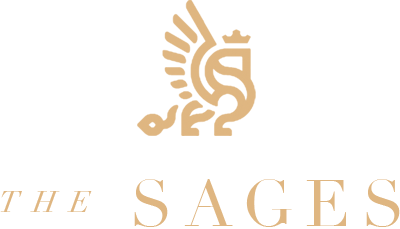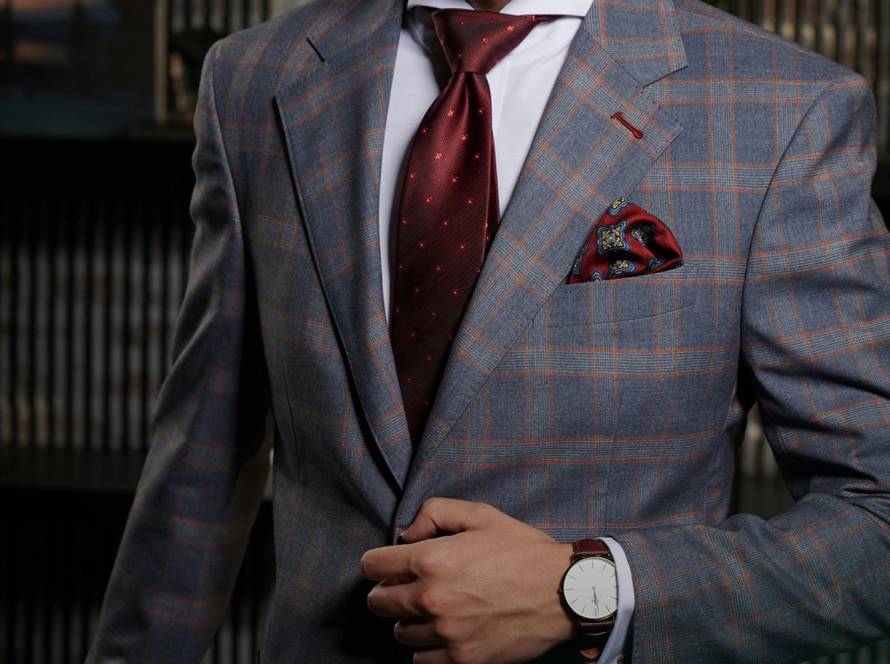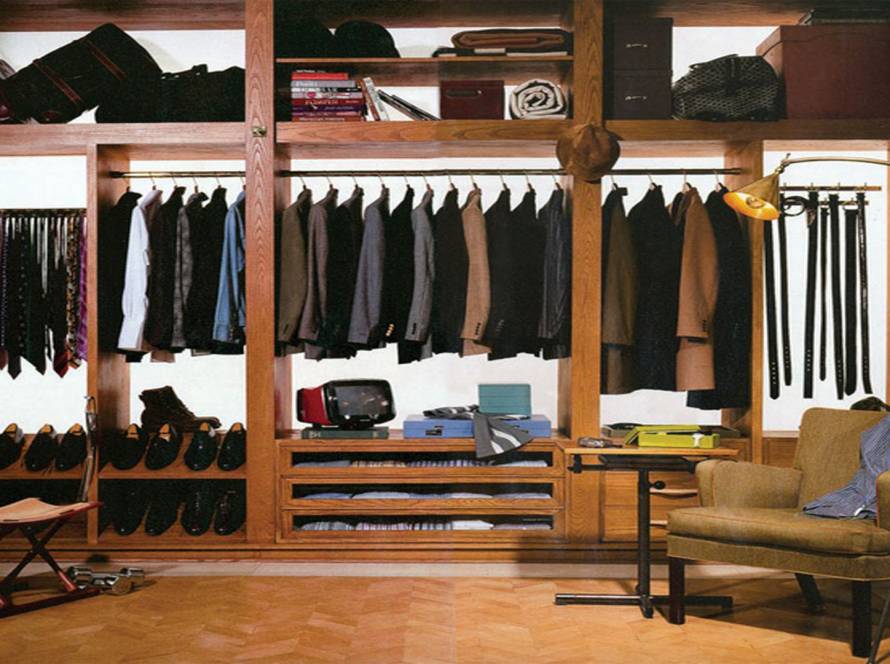Many people who go for suit tailoring usually only discuss the fabrics and designs. However, there are many numerous factors that need to be considered for tailoring a nice suit. The position of the suit button is an important factor that affects the visual impression of a suit, but few people consider it and instead leave it to the tailor.
Table of Contents
WHY IS IDENTIFYING THE BUTTON STANCE IMPORTANT?
WHAT IS THE SUIT’S BUTTON STANCE?
The button stance is simply the location of the button on the suit. Buttons are typically sewn in one of three locations:
- Neutral = at the waist line
- Low = below the waist line (creating a deeper “V)
- High = above the waistline (shortening the opening “V” of the jacket)
Most modern off-the-rack suits have a neutral / slightly high button stance on a two button suit jacket (as with most off-the-rack options, this is because it flatters the majority of men). The stance for a three button suit will be naturally higher. The advantages of a two or three button jacket are far beyond the scope of this post.
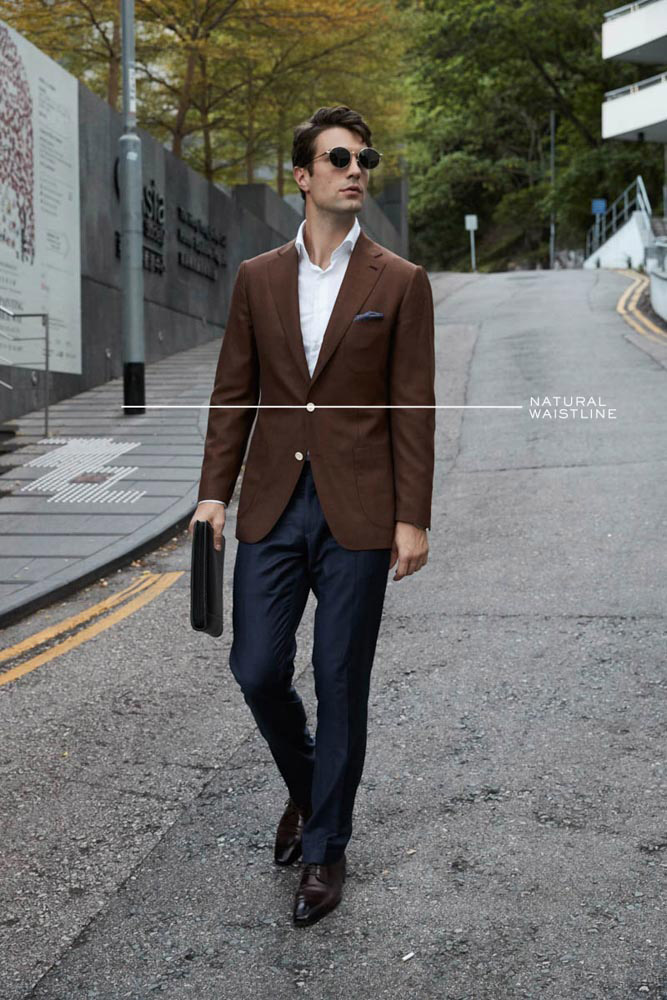
WHY BUTTON STANCE IS IMPORTANT?
As mentioned above, the suit’s button stance is a very important factor that not many people pay attention to or discuss with the tailor.
Each button stance generates its own proportions and illusion. It is one of the most important variables to consider when maximizing your assets and concealing your personal body shape anomalies. The most important outcome is the depth of the “V” formed by the closing of the lapel by the waist button. For example, a good depth of the “V” will help a chubby body look slimmer.
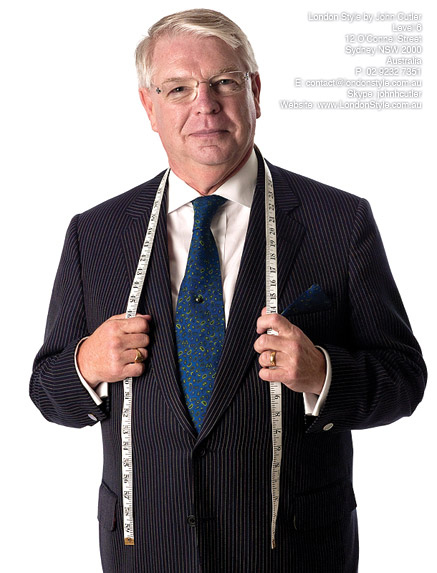
HOW CAN BUTTON STANCE AFFECT VISUAL IMPRESSION?
Moving the waist button on a suit jacket gives the impression that the waistline is also moving. The waistline will appear to rise with a high button stance. It will appear lower with a low button stance.

If you’re unhappy with your natural waistline position, you can create the optical illusion that it’s higher or lower by simply changing your button stance. Because once the tailor has already created a buttonhole on your suit, it would be very hard to change the position of the button, and sometimes you will have to tailor a whole new front one.
EFFECT 1: V-SHAPE DEFINITION ON THE SUIT LAPEL LINE
There are many ways to identify the V-shape on the suit lapel line. Firstly, a low button stance places the waist button slightly below the natural waistline of the body. If the waist button is the top button, the suit jacket will have an elongated V shape, and plenty of shirt and tie area will show beneath the jacket.
Secondly, a natural jacket waistline (with the waist button exactly at the waistline) produces similar results as a low button stance, because the V shape is generally elongated with a good amount of shirt and tie showing near the lapel. If the top button is the waist button, both a low and natural button stance can create a nice V-line drop on the coat. This longer V shape can help to create the illusion of a longer torso. This is good news for men who struggle with excess weight around the midsection (i.e., triangle shaped bodies), as the appearance of an elongated torso improves the look of this silhouette.
If the wearer is tall or thin, or the upper body proportions appear longer than the legs, selecting a button position higher than the waistline will help the proportions look more harmonious than the first two options.
EFFECT 2: ADJUSTING THE WAISTLINE
The subtle effect of shifting the perceived position of the waistline occurs when the waist button on a coat moves up or down.
- A high button stance elevates the waistline’s perceived position.
- A low button stance lowers the perceived waistline position.
ANOTHER FACTORS AFFECTING THE SUIT’S BUTTON STANCE
BODY SHAPE
TALL MAN
If you’re tall, a natural button stance will give the appearance of longer legs. It will also shorten the appearance of the upper body. However, a tall man can play other tricks: pocket-watch chains, low tie pins or pocket squares can draw the eye to the center, making you appear more proportionate.
SHORT MAN
Opposed to tall men, a shorter man with a long torso and short legs can raise his natural waistline to make his legs appear longer. A lower button stance will make a shorter man’s upper body appear longer if he has a shorter torso and longer legs.
To draw the eye higher, shorter men can use high-placed items such as ties, high tie pins, lapel buttons, and fancy collars.
INVERTED TRIANGLE BODY TYPE
Most button stances will complement this body type. However, because a wide chest is naturally accentuated by an inverted triangle body shape, a three-button suit with a high button stance and a buttoned-up third button will create a short and wide V shape on the lapel line, widening the appearance of the chest even more and potentially making the silhouette look top heavy.
RHOMBOID AND RECTANGLE BODY TYPE
When experimenting with different button settings, all button stance positions can work with these body types, and button stance becomes more a matter of style preference than balancing body proportions.
TRIANGLE BODY TYPE
If a man has a heavier frame and his body is wide, especially in the midsection, he should choose a natural or low button stance to vertically elongate the appearance of the upper body. A high button stance may only serve to emphasize the lower body, defeating the goal of balancing the silhouette. Aside from button stance, the most common mistake a man with a triangular body shape can make is purchasing a suit that is too big. The heavier man’s best tool for refining his silhouette is a reasonably close fit.
OVAL BODY TYPE
A heavier frame with balanced proportions has more options for button stance. A high or low button stance looks better on a heavier set man with an oval body frame. Some argue that a low button stance creates a nice V-drop with good silhouette elongation effects, whereas others argue that a high stance creates a smaller perceived waistline and prevents the typically lighter colored shirt from drawing attention to the body’s size.
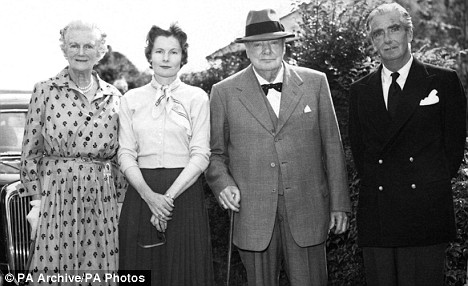
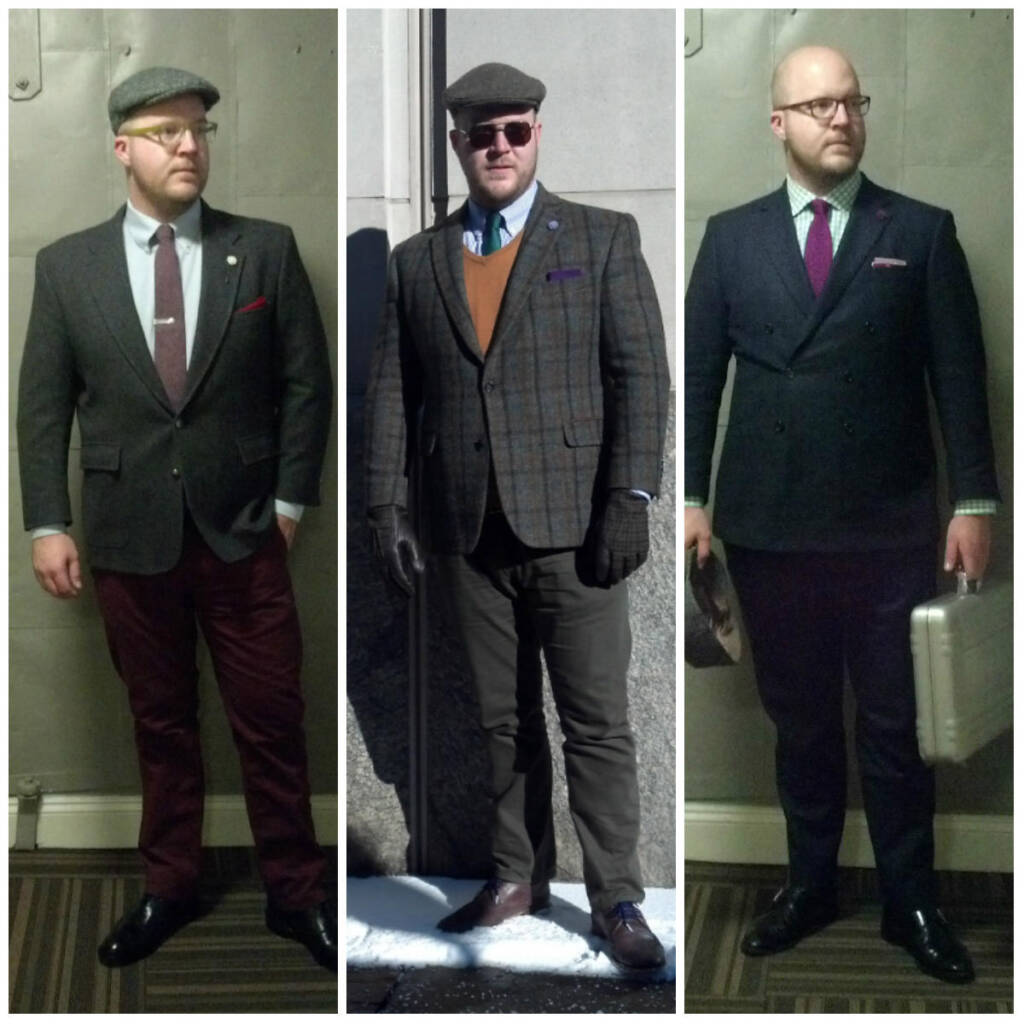
THE 3-BUTTONS SUIT
The 3-button suit is its own phenomenon that has recently made a few blips on the sartorial radar. Others’ reactions to the man wearing the 3-button coat are conflicting. It is considered conservative, outdated, and cutting edge all at the same time. The V shape is obviously reduced and widened in such a coat, while the button stance at the waistline can vary to some extent. In terms of manipulating the V shape and positioning the button stance, all of the above principles may apply to this type of coat.
THE DOUBLE BREASTED SUIT
The wonderful V shape created by the double breasted suit cannot be overlooked. Many body types, with a natural button stance, can make the double-breasted suit an excellent choice for creating an elegant silhouette. The double-breasted suit not only gives the appearance of a strong chest and shoulders, as well as a substantial torso (when the V-drop is combined with the 6-button design), but it can also elongate the legs, with ample uninterrupted coat fabric draping towards the lower body.
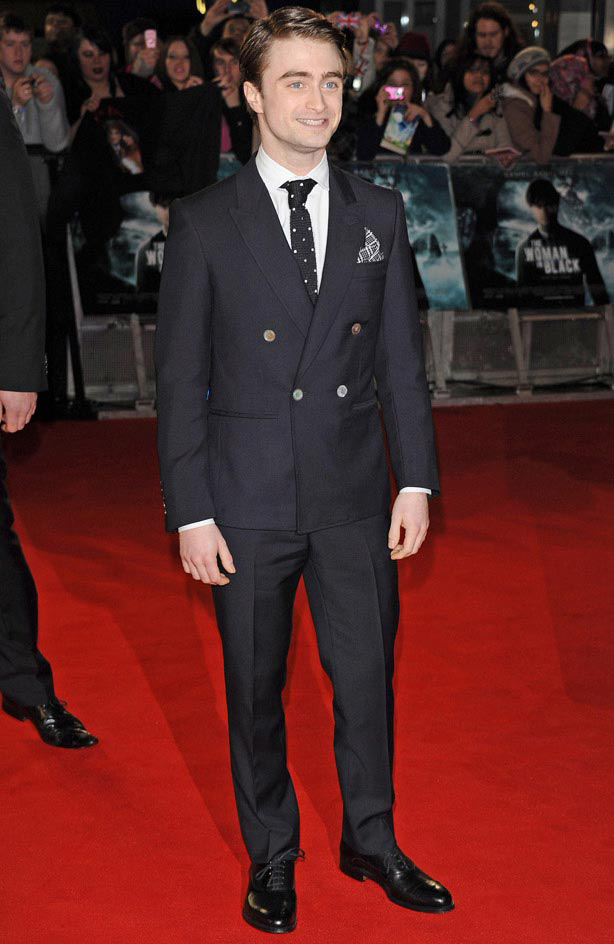
Through this article, you should have some information in order to identify the good suit button stance for your body type. The Sages hope that you could apply this information when you go tailor in the future. Please contact us if you require any additional assistance. For assistance, please call +84 886 219 608 or chat through the Facebook fanpage.
